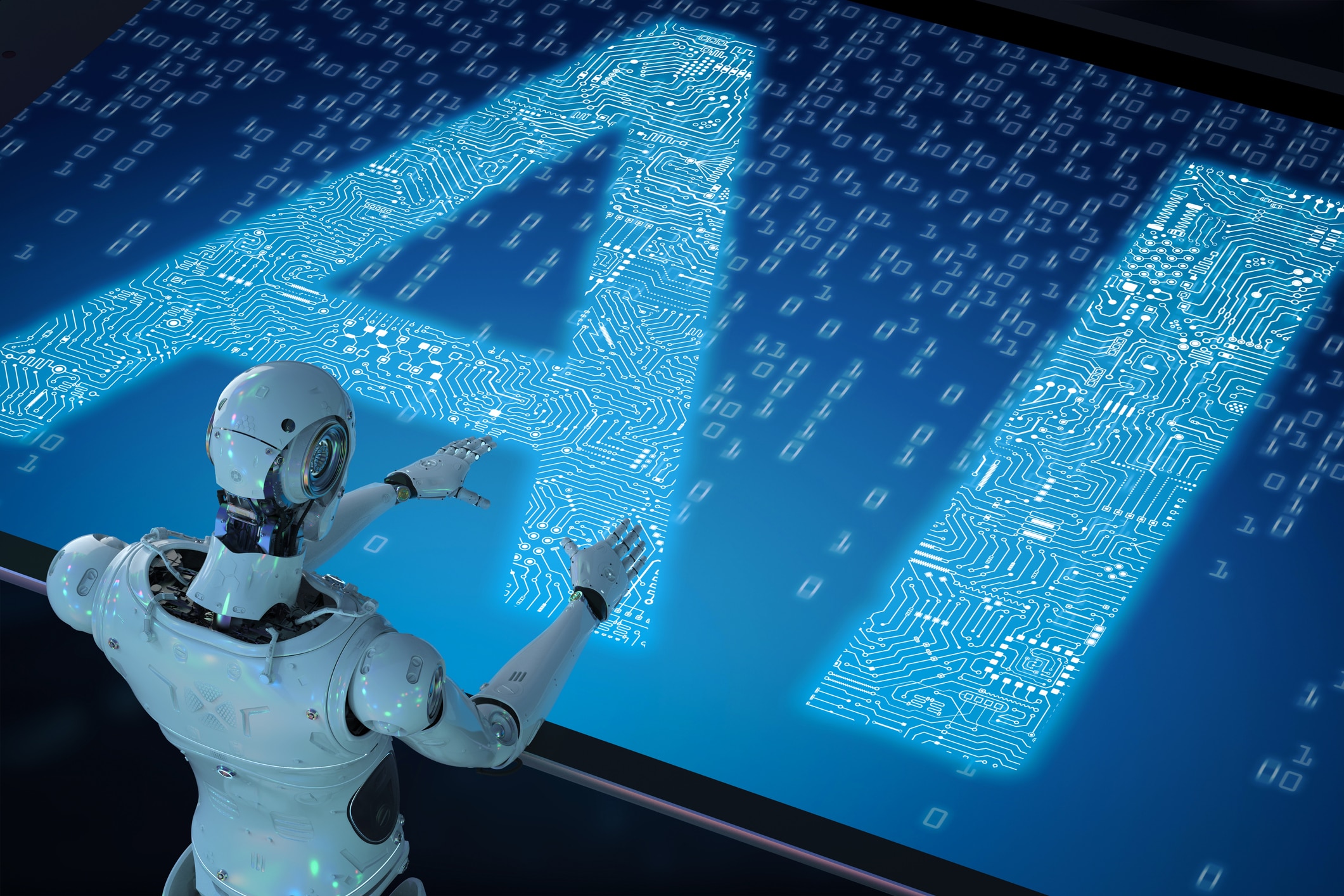Medical Transcription is the process of interpreting and transcribing the dictation made by doctors or other health care

professionals regarding patient status, treatment procedures, diagnoses, prognoses, etc. With medical transcription of dictated data from physicians, the medical transcriptionist may also edit the text that is produced by voice recognition software. Medical Transcription is the translating of dictations made by a doctor. As a result, it requires an extensive knowledge of medical, pharmacological and anatomical terms.
In the past medical transcriptionists would listen to dictations and type it themselves, but with the dawn of technology and voice recognition software, this has become unnecessary and today, for the most part, the medical transcriptionist merely edits the output of the software. However, the editing process can range from a few corrections to major changes because voice recognition software still hasn’t been perfected and probably never will be due to the wide variety of speech variations and dictating habits of health care professionals.
Aside from medical knowledge, a quality transcription requires a  transcriptionist to have excellent listening skills because they must be able to simultaneously interpret dictation while typing, they must also have an exquisite knowledge of English and grammar, proofreading and editing skills, a high state of analytical skills in order to analyze and convert spoken words into meaningful writing, as well being adept in the use of transcription equipment and computers.
transcriptionist to have excellent listening skills because they must be able to simultaneously interpret dictation while typing, they must also have an exquisite knowledge of English and grammar, proofreading and editing skills, a high state of analytical skills in order to analyze and convert spoken words into meaningful writing, as well being adept in the use of transcription equipment and computers.
Medical Transcription has been seen as writing in ancient caves and in documents of lost civilizations, but still the purpose of medical transcription and the medical transcriptionist remains the same and that is to keep a record of a patient’s medical status and treatment.
However, it wasn’t until the late 20th century that Medical transcription was recognized as a profession. Initially, those who did medical transcription were labeled as typists, word processors, medical secretaries or dictating machine operators. This was and still is a highly unjustified job title for those who practice medical transcription because the profession requires a wide knowledge of medical terms. Thus, in 1999, Medical Transcription was assigned its own job classification and those practicing it were officially called medical transcriptionists.
Medical Transcription as a profession is very underground and most people might not have heard about it. However, medical transcription is an essential profession in the every growing health care industry… especially to health care staff that does not have the time to put into writing every single bit of information that they gather from patients. As a result, the demand for qualified medical transcriptionist professionals is continually growing and because the number of new procedures coming into the market doctors don’t have the time to transcribe all their findings.
Medical Transcription as a profession is very versatile as well. Medical transcriptionists, can acquire after a few years of education, work from medical transcription firms. Medical Transcription firms receive dictations made by doctors and in turn, these orders are turned over to medical transcriptionists to be transcribed.
Medical Transcription – Home-based Career
A medical transcriptionist can also work full or part-time at home. Currently, the American Association for Medical Transcription is governing body in the United states that certifies Medical transcriptionists, although you won’t need a certification to be able to work as one, a certification from the AAMT, will surely increase you’re “market value” and credibility.
Medical transcription is no longer merely listening and transcribing the words dictated by a doctor. Medical Transcription is evolving and now requires specific education centering on medical language, knowledge of Greek and Latin prefixes and suffixes, anatomy, physiology, disease processes, medical science and procedures, medical instruments, pharmacology, laboratory instruments, laboratory test results, medical reference material techniques and many more.








